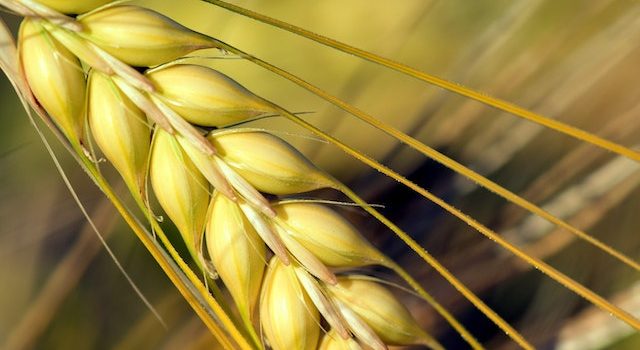
As the world continues to grapple with the COVID-19 pandemic, another crisis is quietly unfolding: a potential food crisis. The current food supply chain is at risk due to the heavy reliance on just a few crops, leaving it vulnerable to crop failure, pests, and disease. This is known as “relying on one engine,” and it’s a dangerous situation.
Traditionally, a diverse range of crops was grown to ensure food security. However, over the last few decades, there has been a shift towards monoculture farming, where farmers focus on growing one or two crops at a time. This makes the food supply chain more efficient and profitable, but it also makes it more vulnerable to shocks.
For example, in the 1840s, Ireland was heavily dependent on potatoes as a staple crop. When the potato blight struck, the country was devastated, and millions of people died or were forced to emigrate. Today, the world is similarly reliant on just a few crops, such as wheat, corn, and soybeans, which make up the bulk of the world’s food supply. If one of these crops were to fail, it would have severe consequences for global food security.
The dangers of relying on one engine are not just theoretical. In recent years, there have been several high-profile incidents of crop failure due to pests and disease. For example, in 2016, banana plantations in Latin America were hit by a fungus known as Panama disease, which threatened to wipe out the entire industry. Similarly, in 2019, African swine fever decimated pig populations in China, leading to a shortage of pork.
Despite these risks, the trend towards monoculture farming continues. Farmers are under pressure to produce more food at lower prices, and monoculture farming is seen as the most efficient way to do this. In addition, government subsidies and agricultural policies often favor monoculture farming over more diverse forms of agriculture.
However, there are alternatives. Some farmers are turning to agroforestry, where crops are grown alongside trees, to promote biodiversity and reduce the risk of crop failure. Others are experimenting with regenerative agriculture, which focuses on building healthy soil and using natural inputs to promote crop health.
Governments also have a role to play. They can incentivize farmers to diversify their crops by providing financial support or other benefits. They can also invest in research to develop new crop varieties that are resistant to pests and disease.
The food crisis looming due to the reliance on one engine is not inevitable. There are steps that farmers, governments, and consumers can take to promote biodiversity and reduce the risk of crop failure. By recognizing the dangers of monoculture farming and investing in more diverse forms of agriculture, we can help to ensure that the world’s food supply remains secure for generations to come.










